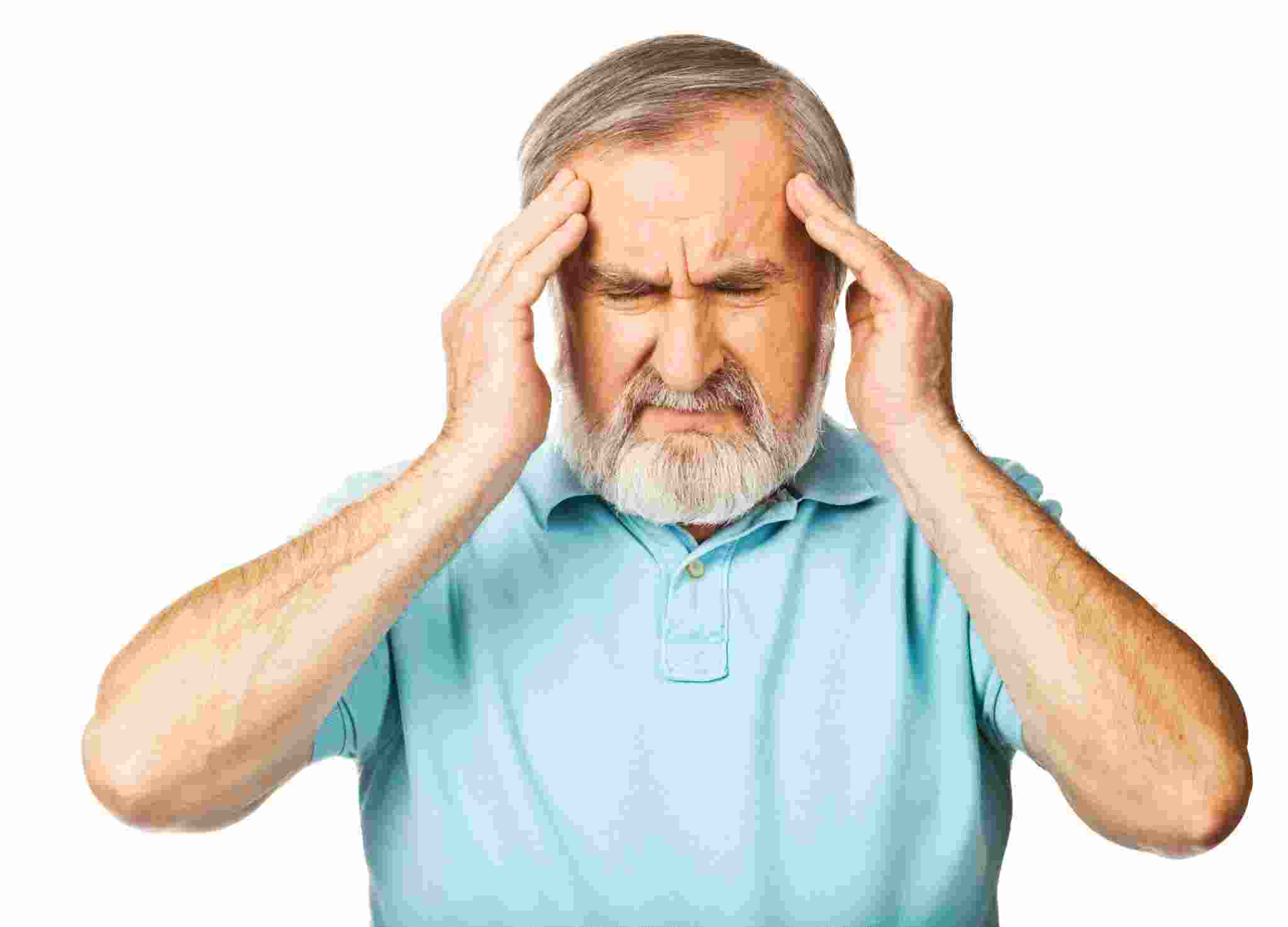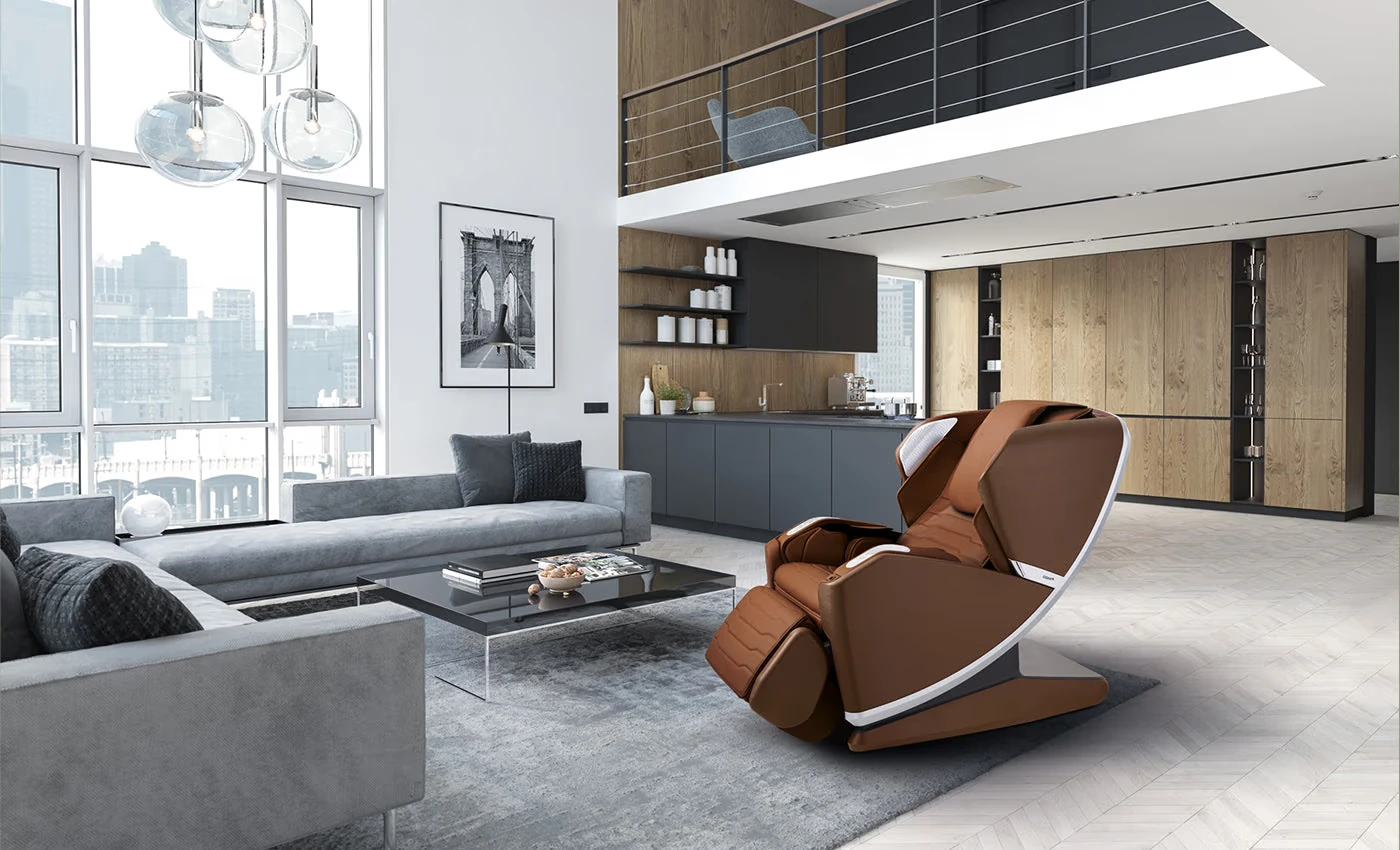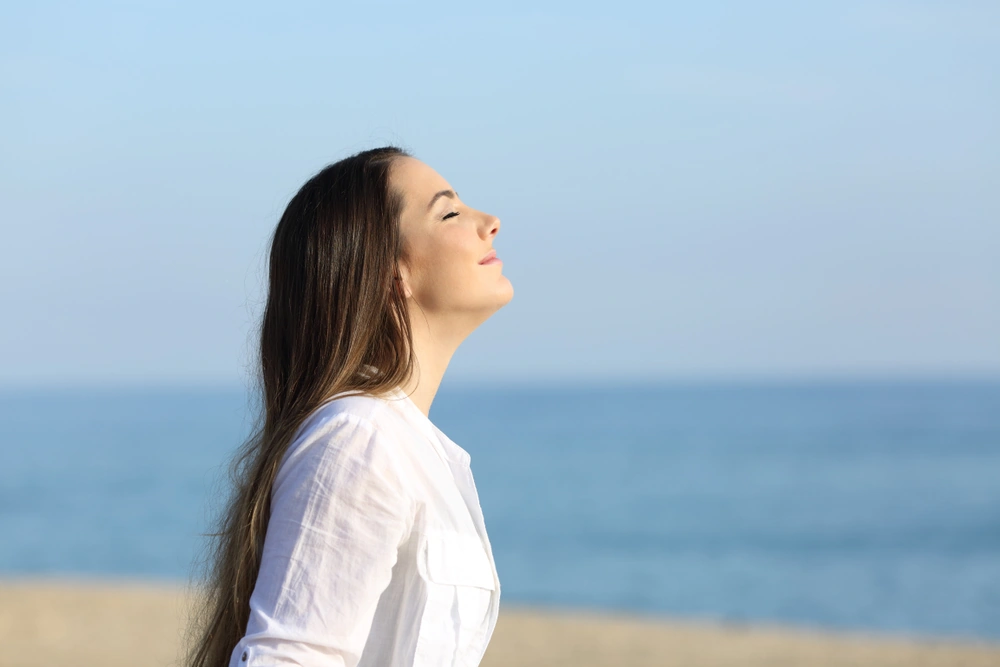Massages offer remarkable benefits—stress relief, muscle relaxation, and a sense of calm. Yet, occasionally, you might experience a post massage headache. These post-massage headaches can stem from various causes, such as muscle tension release and dehydration.
In this guide, we’ll explore the potential triggers, discuss preventive measures, and share effective methods to relieve discomfort, helping you fully enjoy your massage experience.
Why Do Headaches Occur After a Massage?
Several factors can contribute to a headache and post massage pain after massage therapy. Understanding these potential causes can help you prevent discomfort and enjoy a more relaxing post-massage experience.
1. Sensitivity to Oils and Scents
Massage oils, lotions, and even room fragrances can sometimes lead to headaches, especially if you’re sensitive to particular scents. Strong-smelling products may cause irritation or discomfort, particularly for those prone to fragrance-induced headaches.
To minimise this risk, inform your therapist beforehand, so they can use unscented or hypoallergenic products tailored to your needs.
2. Dehydration
Staying well-hydrated is essential, as dehydration is a common cause of headaches following a massage.
When you don’t drink enough water, a post-massage headache can occur due to increased blood circulation and muscle manipulation during the session. Drinking water before and after your massage helps prevent dehydration-related discomfort.
3. Excessive Pressure
Deep tissue massages involve intense pressure, which may lead to muscle soreness and, for some, headaches.
If you’re sensitive to firm pressure, opt for a gentler technique or request that your therapist use lighter pressure. This adjustment can help avoid pain after massage and ensure a more comfortable experience.
4. Changes in Blood Pressure
Massage can affect blood pressure, and lying down for an extended period may lead to orthostatic hypotension—a sudden drop in blood pressure upon standing up. This can result in dizziness and sometimes a headache.
To reduce this risk, take your time when getting up after the massage, allowing your body to adjust gradually.
Common Types of Headaches Associated with Massage
Understanding the types of headaches you might experience helps identify the best ways to manage and prevent them.
1. Tension Headaches
Tension headaches are the most common type, often described as a tight band around the head. These can be caused by stress, muscle strain, or an overly intense massage session.
When a massage therapist works deeply on tense muscles, it can lead to temporary muscle soreness that sometimes extends to a headache. You may feel this as a dull ache or, in some cases, a more pronounced throbbing sensation around the temples.
2. Dehydration Headaches
A dehydration headache typically presents as a dull ache, often concentrated around the forehead. If you haven’t drunk enough water before or after your massage, the increased circulation from the session may exacerbate dehydration.
This type of head pain massage relief is straightforward—replenish your body with plenty of water. Remember to hydrate before and after your session to help reduce the likelihood of experiencing this discomfort.
3. Blood Pressure-Related Headaches
Fluctuations in blood pressure during or after a massage can lead to headaches. This is particularly common in deep tissue massages, where increased blood flow and circulation are involved.
Some people may experience lightheadedness or a headache due to these changes. Taking a moment to sit up slowly after your massage can help your body adjust and reduce the risk of a post-massage headache.
How to Avoid Post Massage Headache
Taking preventive measures can significantly reduce your chances of experiencing a post massage headache or needing headache massage relief afterwards.
Here are some practical tips to ensure you get the most from your massage session without discomfort
Communicate with Your Therapist
Open communication is essential. Let your massage therapist know if you have a preference for lighter pressure or if you tend to be sensitive to firm techniques.
If deep pressure triggers headaches, you can also request a massage focused on specific areas like the hands, feet, or scalp, which are less likely to cause tension headaches. Don’t be afraid to speak up during the session if the pressure feels too intense.
Avoid Alcohol Before and After
Since alcohol is a diuretic, it can lead to dehydration, increasing the likelihood of a headache after your massage. Staying well-hydrated is essential, so it’s best to skip alcohol on the day of your massage.
Instead, focus on drinking water before and after your session to maintain hydration and minimise the risk of post-massage discomfort.
Have a Light Snack
A light snack after your massage can help stabilise blood sugar levels, which might prevent lightheadedness and potential headaches.
Opt for something easily digestible, such as a piece of fruit, a handful of nuts, or a yoghurt. Eating a little beforehand can also ensure your energy levels remain stable during the massage.
Take Time to Rest
It’s natural to feel relaxed after a massage, so allow yourself some time to sit up gradually and readjust. Avoid rushing to stand up immediately, as this can lead to dizziness or a drop in blood pressure, which can contribute to a post-massage headache.
Taking a moment to rest can give your body time to adjust and reduce the likelihood of any discomfort following your session.
Exploring Gentle Alternatives to Deep Tissue Massage
If you frequently experience post massage pain or headaches after deep tissue massages, trying a gentler approach may be beneficial. These options provide relaxation and relief without the intense pressure associated with deep tissue work:
1. Acupressure
Acupressure is a therapeutic technique that involves applying pressure to specific points on the body to promote muscle relaxation and alleviate pain. Unlike deep tissue massage, acupressure targets these points more gently, making it suitable for those sensitive to firm pressure.
By stimulating key areas, it can relieve tension and improve circulation, helping you feel relaxed without the discomfort that often leads to headaches.
2. Aromatherapy Massage
This massage uses essential oils like lavender, chamomile, and eucalyptus to create a calming environment. The gentle touch, combined with the soothing scents, helps to reduce stress and ease muscle tension.
As the massage therapist works on your muscles, the oils’ calming properties improve the experience, making it particularly suitable for those prone to headaches or muscle soreness.
3. Reflexology
Reflexology is based on the idea that specific points on the feet correspond to different areas of the body. By applying gentle pressure to these points, reflexology can alleviate pain and promote overall well-being.
It’s an ideal option if you’re looking for a non-invasive method to manage tension, especially if you experience headaches or stress-related discomfort.
4. Reiki
Originating from Japan, Reiki is a technique where a practitioner uses light touch to promote healing by transferring energy.
This gentle practice helps restore balance and reduce stress, making it an excellent alternative for those who find traditional massage too intense. Reiki’s focus on energy flow can foster relaxation and may even help with headache relief.
5. Yoga and Meditation
Although not forms of massage, yoga and meditation provide complementary benefits through stretching and mindfulness.
Yoga helps to stretch and lengthen muscles, enhancing flexibility and releasing tension, while meditation calms the mind, helping to alleviate stress—a known headache trigger. Practising these regularly can significantly reduce stress-related symptoms and improve overall relaxation.
When to Seek Medical Advice
If you’re experiencing severe or persistent headaches after massages, it might be wise to seek medical advice. Here are signs that indicate it’s time to consult a professional:
- Persistent pain after massage: If your headache continues for several hours or worsens after a massage, seek advice.
- Intense headache symptoms: Sudden, severe headaches can indicate underlying health issues. Don’t hesitate to get a check-up if you’re concerned.
- Dizziness or nausea: If headaches are accompanied by other symptoms, it’s best to discuss these with a healthcare provider for personalised advice.
What You Can Do at Home for Relief
If you’re dealing with a headache after massage, there are several simple techniques you can try at home to ease the discomfort and support your body’s recovery. These methods can be particularly effective in reducing both the duration and intensity of the headache:
1. Apply a Warm or Cold Compress
A warm compress, such as a heated towel, can help to relax muscles and alleviate tension, while a cold compress can numb any throbbing pain, providing relief. Try placing a warm towel over your forehead or neck to loosen tight muscles.
Alternatively, a cold pack or chilled cloth placed on the forehead may reduce inflammation and numb the ache. Experiment with both to find the approach that works best for you.
2. Practice Deep Breathing
Deep breathing exercises can be incredibly effective at calming both the mind and body, which may help alleviate headache symptoms. Find a quiet space to sit or lie down, close your eyes, and take slow, deep breaths, inhaling through your nose and exhaling through your mouth.
This practice not only helps to reduce tension but can also improve circulation, aiding in the relief of headaches associated with stress or muscle strain. Discover more about post massage headache
3. Take a Short Walk
A gentle walk, particularly outdoors, can encourage better blood flow and reduce headache symptoms that arise from sitting or lying down for extended periods. Walking helps stimulate circulation, which can provide relief from tension headaches and support overall relaxation.
4. Stay Hydrated
Drinking water is essential, especially if dehydration may be a contributing factor to your headache. Keeping a steady intake of water before and after your massage can help prevent future headaches.
Aim to drink small sips frequently to stay hydrated throughout the day, and avoid caffeine or alcohol, as these can exacerbate dehydration.
Additional Alternatives to Deep Tissue Massage
If deep tissue massage often leaves you with a headache, consider these gentler options:
- Acupuncture: An ancient practice that uses tiny needles on key points to release tension and foster calmness.
- Handheld Massagers: These devices allow you to control the intensity and directly target areas of tension, making them an excellent option for gentle, on-the-go relief without the deep pressure that can sometimes lead to headaches.
- Cryotherapy: Cold treatments—such as ice packs or cold baths—can alleviate pain and reduce inflammation.
- Facial Massage: A relaxing option that includes exfoliation and moisturising, providing both a glow and stress relief.
- Foot Massage: Targets the feet and lower legs to restore energy and promote relaxation.
- Head and Neck Massage: A gentle method to relieve tension in the neck and help prevent headaches.
- Hot Stone Massage: Uses warm stones with light pressure to ease muscle tension effectively.
- Hot Tub Soak: Soaking in a hot tub can melt away soreness with gentle, soothing heat.
- Meditation: Practising mindfulness helps you feel calm and reduces stress levels.
- Physical Therapy: Involves gentle stretches and exercises with a therapist to support muscle healing.
- Sauna: Sitting in a warm sauna can help relax muscles and reduce inflammation.
- Stretching: Regular stretching relieves tight muscles and enhances overall flexibility.
These alternatives allow you to enjoy the benefits of massage without the intense pressure that can sometimes lead to headaches.
Minimising Headaches and Maximising Massage Benefits
By understanding the potential causes of post massage headache, you can take steps to reduce your risk. Staying hydrated, adjusting your massage pressure, and exploring alternative massage techniques are all ways to keep headaches at bay.
Discover how OSIM’s range of portable massagers can enhance your post massage experience and help alleviate post massage headaches by relieving tension and promoting relaxation. Visit OSIM.co.uk to find a massager that suits your needs.




